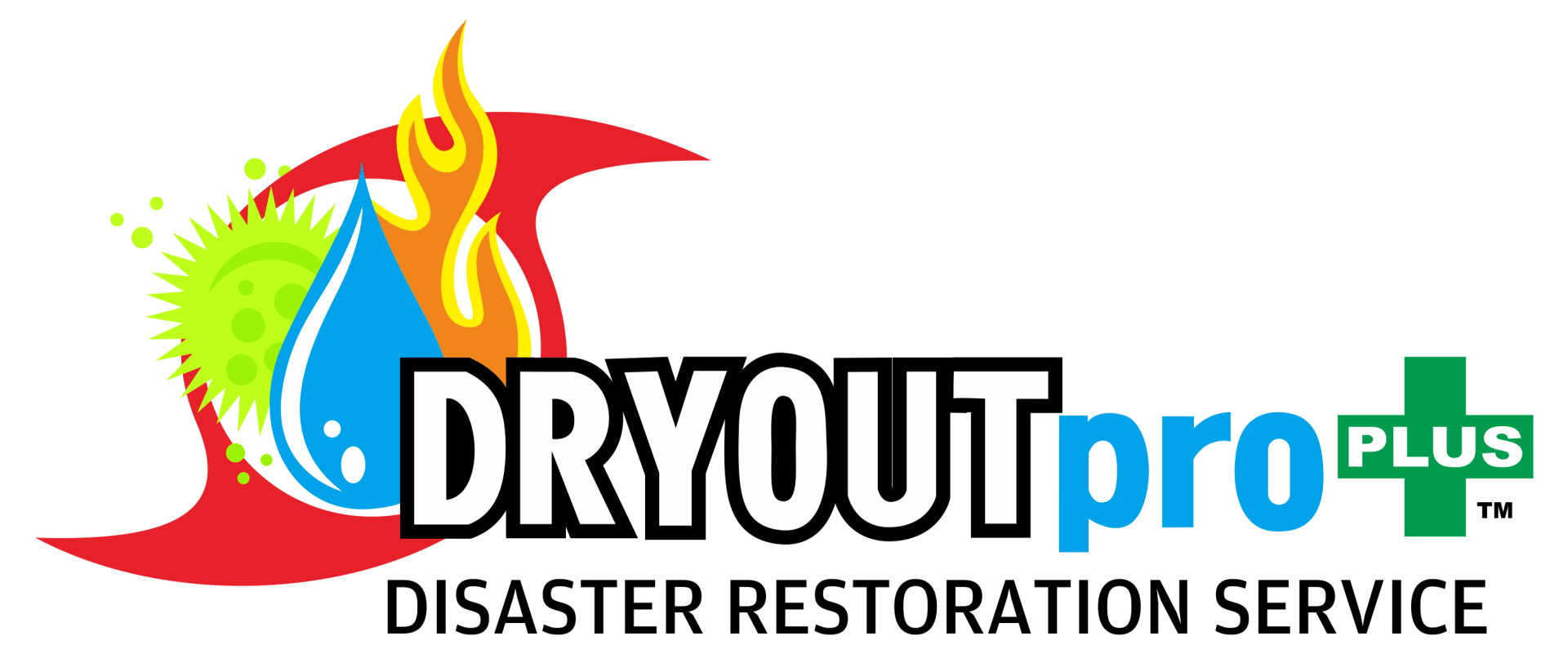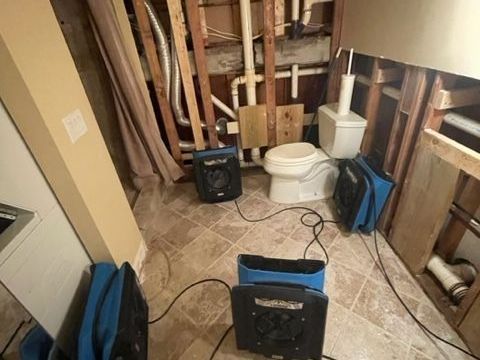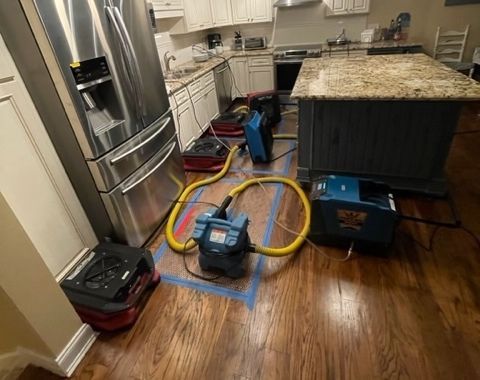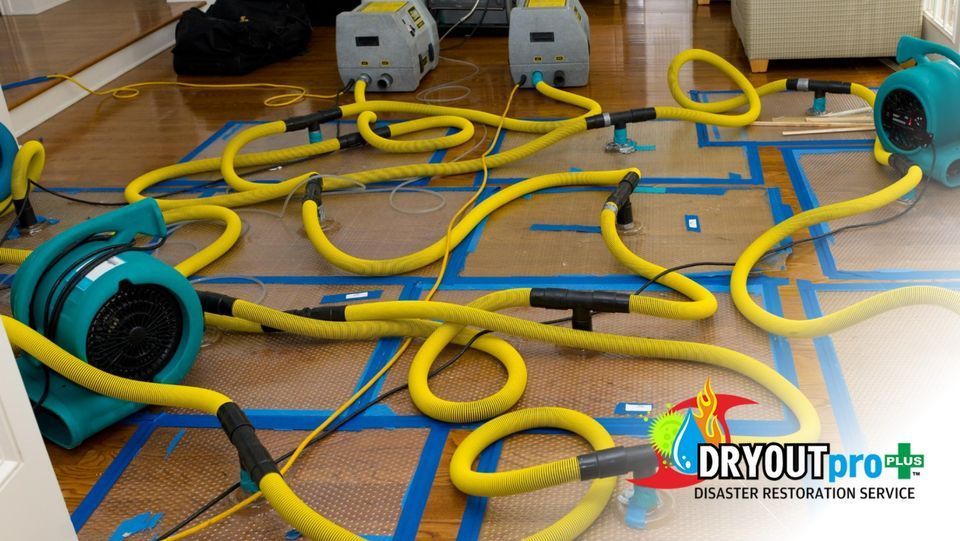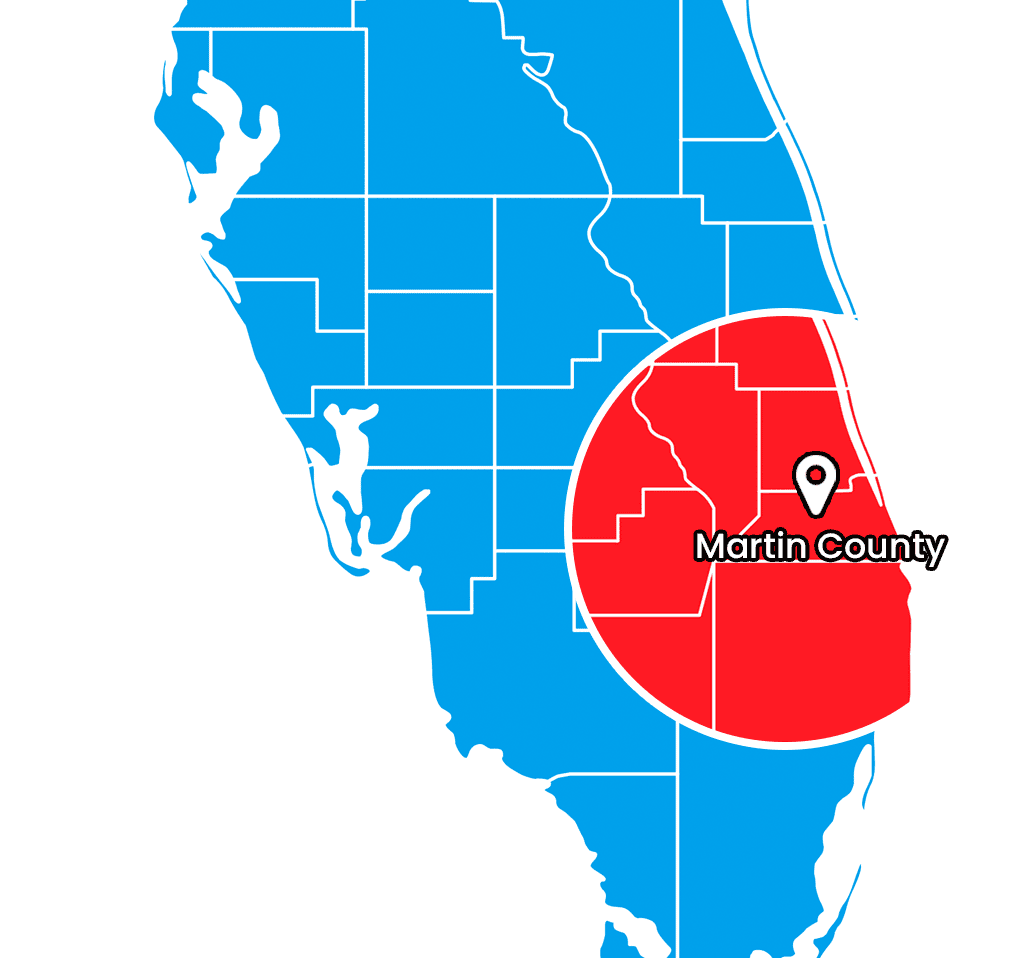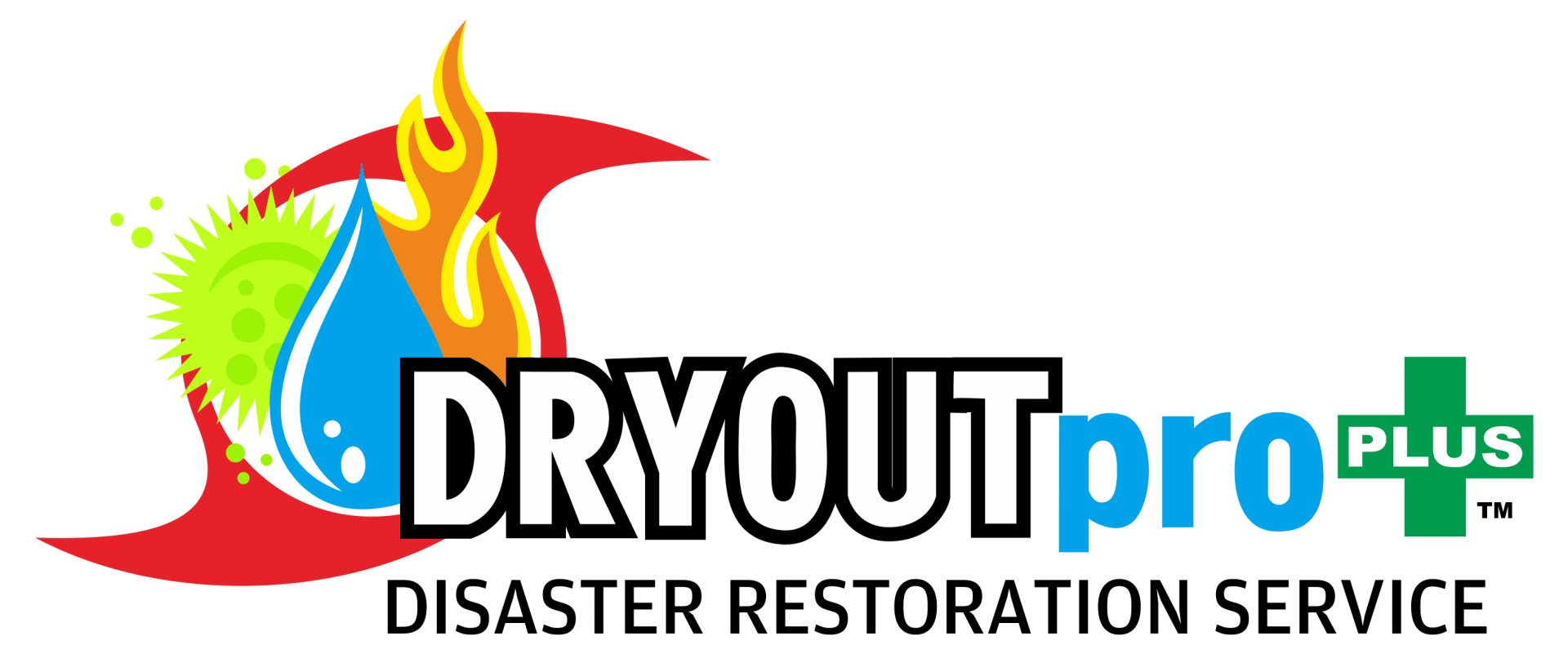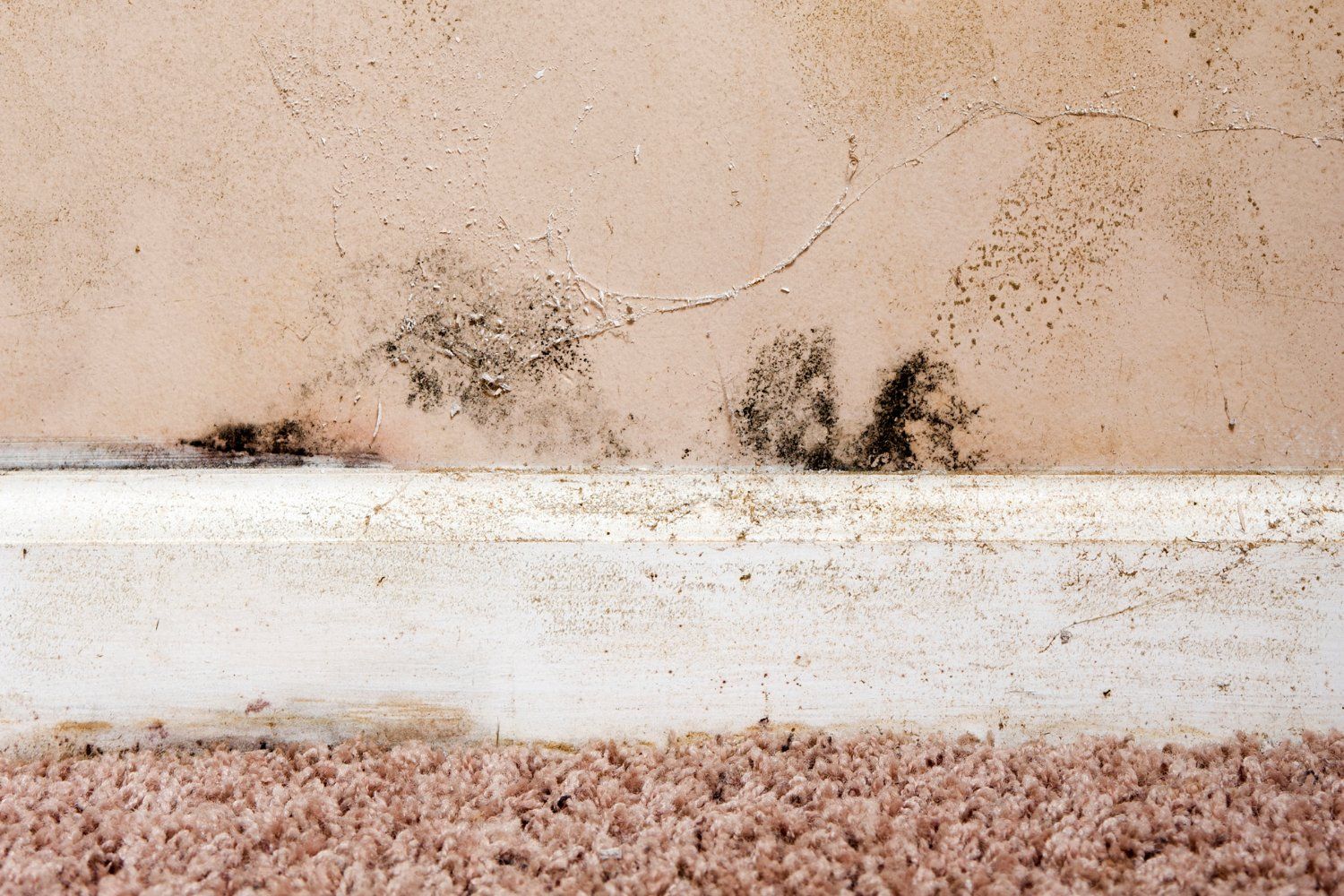
What Are the Signs and Symptoms of Mold in your Home?
October 20, 2021
Whether you are selling a house, planning to buy one for the first time, or simply doing routine maintenance, mold may be a concern - especially if your property is in a damp location. Mold inspections and testing are not often included in a standard home inspection. You will need to contact a professional mold remediation company that offers mold inspection like DRYOUTpro PLUS, INC. to determine whether or not there is mold in your home for concerns such as black mold.
So, to assist you understand whether or not you may require an inspection for mold in your home, we've put together this thorough information that will help you understand the signs and symptoms of mold in your home. Know what steps to take next if you suspect you have a mold problem, and provide you with other useful information and tips to help you deal with a potential mold problem.
What Is Mold?
Mold is a type of simple microorganism. It's a fungus that develops in filaments and has a "fuzzy" look. Mold comes in thousands of varieties, the most majority of which are entirely safe to humans. Mold spores are ubiquitous and can be found in the air we breathe.
Mold spores, on the other hand, may take root and become what we call "mold" when they find a perfect habitat - a damp, dark area where they can multiply and eat. Mold feeds on organic materials such as starch, cellulose, and lignin, which is why it may be found on drywall and wood. These components serve as a food supply for the mold.
Mold is generally not dangerous unless consumed. However, there are some molds, the most well-known of which is "black mold," that may be hazardous to humans and animals. This will be covered in greater detail later in this book.
To summarize, mold is a kind of fungus that grows in vast colonies in locations with moisture and a food source. They also tend to avoid bright lights.
What Is The Cause Of The Growth Of Mold In Your Home?
Mold grows in houses because, in many circumstances, a home is a perfect environment for mold to develop – especially in walls, ceilings and other areas that may be dark and wet, and maintain a consistent temperature year-round owing to furnaces and water heaters.
Mold spores are always present in the air, and if they locate a spot that is friendly to them, they will begin reproducing, resulting in a noticeable mold problem in your house.
Most Common Type of Mold In Your Home
Are you curious about the most common types of mold in your home – and which ones should concern you? Let's take a look at some of the most common types of household mold right now.
- Cladosporium: Cladosporium is one of the most common mold in your home. It often forms a greenish-brown colony, although it may sometimes be practically black in appearance. Unless you have a mold allergy, it is rarely harmful, but it can cause minor issues such as toenail or fingernail infections.
- Penicillium:
Penicillium is sometimes known as "green mold" because it is typically dark green in appearance. It grows on the walls in big, uniform "patches." Penicillin, as the name implies, is produced from some strains of this fungus. Some types of penicillium mold, on the other hand, may be harmful to humans and animals.
- Aspergillus: This mold is often greenish-white in color and may look more "raised" and hazy than other forms of mold. It is not dangerous unless you have a compromised immune system, in which case it may infect the lungs or sinuses.
- Alternaria: Alternaria mold is often greenish-white, although it can sometimes appear in black patches, leading to confusion with "black mold." Alternaria can aggravate asthma symptoms, especially in people who are allergic to mold.
- Stachybotrys chartarum/Stachybotrys atra (Black Mold): One of the most deadly forms of mold is black mold. In most cases, this is the only type of mold to be cautious about. It generates mycotoxins that are detrimental to indoor air quality and can induce stachybotryotoxicosis, a severe illness caused by spore inhalation. It has a deep black hue and generally occurs in circular "patches" that might vary in diameter. It is commonly seen on gypsum drywall, especially in water-damaged homes.
How To Tell If You Have Mold In Your Home
It might be difficult to determine whether or not you have mold in your home. Obviously, if you see mold everywhere, you have a mold problem in your home, but mold may lurk in walls, ventilation ducts, crawl spaces, and other difficult-to-see places.
Smelling for mold is a popular method of detecting it. A “musty” odor in your house is typically an indication of the presence of mold. Mold can also cause symptoms such as a chronic runny nose, watery eyes, sneezing, and throat discomfort.
Furthermore, any place that has been exposed to a substantial quantity of moisture – such as water damage from floods – is a possible location for mold growth. Look for water where there shouldn't be any, and inspect locations that may have flooded in the past.
Can You Get Sick From Mold In Your Home?
Yes. Those with allergies, weakened immune systems, asthma, or other similar conditions are more vulnerable, since even small, non-toxic molds can induce a range of unpleasant symptoms. Mold in your home is seldom dangerous. Prolonged exposure, on the other hand, is not desirable for a variety of reasons.
Mold Poisoning Symptoms In Humans
Mold poisoning can produce a variety of symptoms, depending on the affected person's age, immune system strength, and whether or not they have a pre-existing mold allergy. Here are some of the most common human signs and symptoms of mold poisoning.
- A runny or congested nose.
- Infections or sinus problems
- Asthma deterioration or development
- Breathing difficulties or wheezing
- Itchy, red eyes.
- Itching, redness, or pain in the skin.
- Shortness of breath and fever (in severe cases only).
- Rashes.
- Fatigue on a regular basis.
- Headaches or migraines that last a long time.
Most of these symptoms will only be present in houses with exceptionally high levels of a hazardous mold, such as black mold, or in those who have a weakened immune system or other systemic health issues.
How To Get Rid Of Mold In Your Home
If you simply have a tiny, isolated mold problem and the mold is not a deadly kind of black mold, you may be able to remove it on your own. You may destroy mold on the surface of a wall or other location by simply wiping it away with a bleach/water solution.
This may be a possible choice for you if you have a tiny patch of mold and are quite convinced that there is no more mold in your home. Mold removal, on the other hand, may be a challenging task.
Furthermore, eradicating mold does not guarantee that you will be free of the problem in the future. You must address the source of the mold, which might be water damage, excessive humidity, insufficient ventilation, or other factors.
The best method to ensure you get rid of mold in your home is to contact a professional
mold remediation company to assist you get rid of the mold – and its core cause – in your home.
Know How To Recognize Mold In Your Home!
With this information, you should be able to identify common forms of mold in your home, determine the degree of your mold infestation, and take the necessary next actions to obtain treatment.
A Mold Remediation Company Serving Florida
Contact DRYOUTpro PLUS, INC. at (772) 288-4222 today for 24 hour water cleanup, fire damage restoration, or mold remediation along with any of our other services or get an instant quote from our website. Our mold remediation company will get to you and remove the mold in your home or business in 30 to 60 minutes.
Learn More About 10 Common Causes Of Mold In Homes
Get A Free Estimate
By filling out the form below
